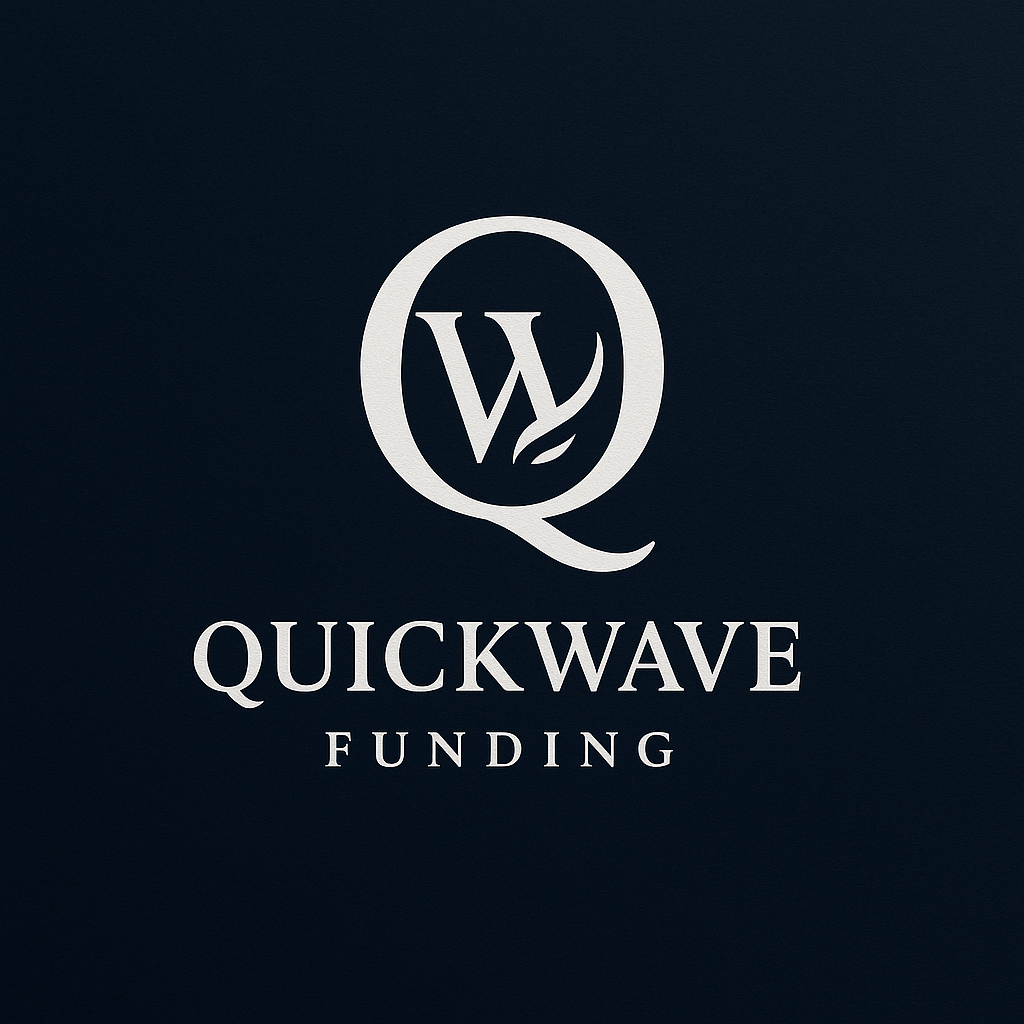Early Payoff Policies: Discounts vs. Full Fee
Last reviewed: September 10, 2025
Why Early Payoff Matters
Many business owners plan to pay off early if cash improves. The difference between a discounted payoff and a full-fee payoff can mean thousands in cost savings. Always get terms spelled out in writing before you sign.
Common Early Payoff Structures
1. Discounted Payoff (Best for You)
You pay a reduced amount if you retire the balance early.
Example: $100k advance at 1.35 factor ($135k total). Payoff at 3 months: $120k (saving $15k).
✅ Business-friendly, encourages responsible early exits.
2. Pro‑Rata Fee Reduction (Fair)
The “fee” declines proportionally over time.
Example: If you’re 50% through term, you only owe ~50% of the fee.
✅ Transparent and fairer than full-fee lock-in.
3. Full Fee Regardless (Least Friendly)
You owe the full contracted payback even if you pay off on day 30.
Example: $100k at 1.35 → you still owe $135k whether you finish in 3 months or 12.
❌ Be cautious: this is effectively a prepayment penalty.
Quick Comparison Table
| Policy Type | How It Works | Example $100k @ 1.35 | Pro‑Business? |
|---|---|---|---|
| Discounted payoff | Reduced total if paid early | $120k payoff (save $15k) | ✅ |
| Pro‑rata reduction | Fee declines with term used | ~$127.5k at halfway mark | ✅ |
| Full fee regardless | Always owes full factor | $135k even if 1 month in | ❌ |
QuickWave’s Pro‑Business Promise
We never hide early payoff terms in fine print. We favor discounted payoff and pro‑rata models that save you money. If a program requires full‑fee payoff, we’ll flag it clearly so you know the true cost.
